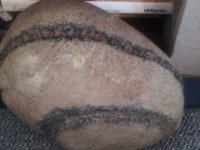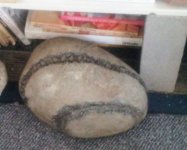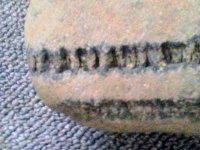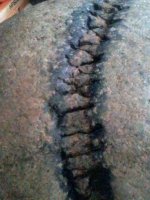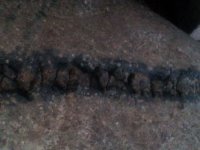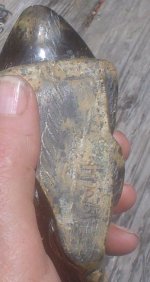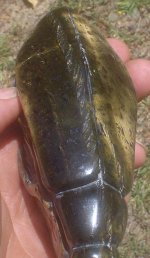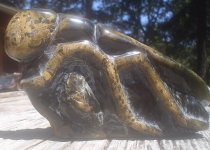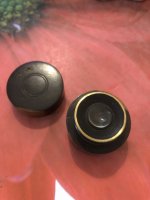solo95502
Greenie
- Jun 20, 2019
- 12
- 29
- Primary Interest:
- All Treasure Hunting
I found this large rock in an abandoned garden, just north of Crescent City, California.
Can anyone tell me what it is and what made those marks?
The rock is approximately as big as a platter, and the marks go all the way around the rock in by a complete circle.
Thank you!
Can anyone tell me what it is and what made those marks?
The rock is approximately as big as a platter, and the marks go all the way around the rock in by a complete circle.
Thank you!
Amazon Forum Fav 👍
Attachments
Last edited:


